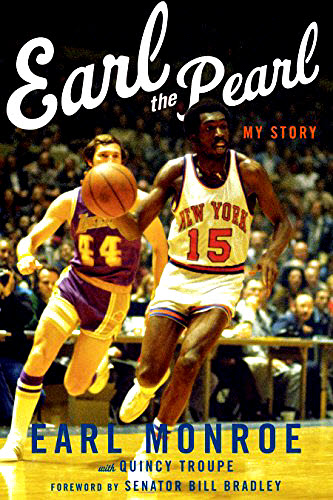Tune In and Listen, Saturday, May 21, 2022 at 10AM(PST) to Standing Above The Crowd with James Donaldson with Special Guest this week is Former NBA Player, NBA World Champion and Hall of Famer Earl “The Pearl” Monroe

James Donaldson's – Standing Above The Crowd's Blog
A View From Above on Things That Make The World Go 'Round
